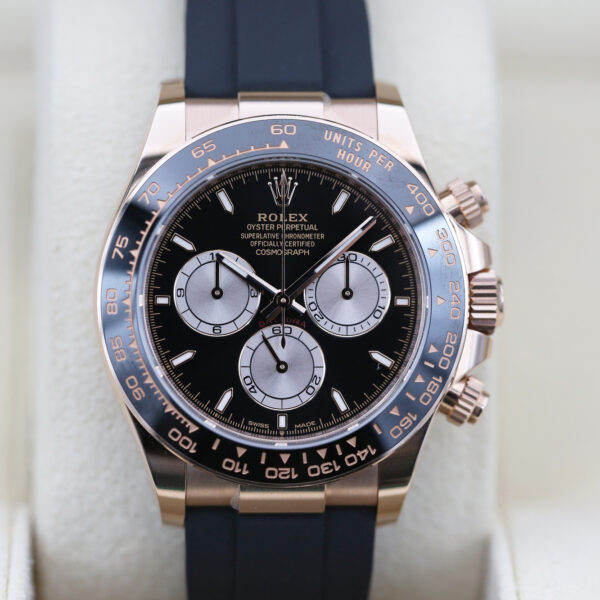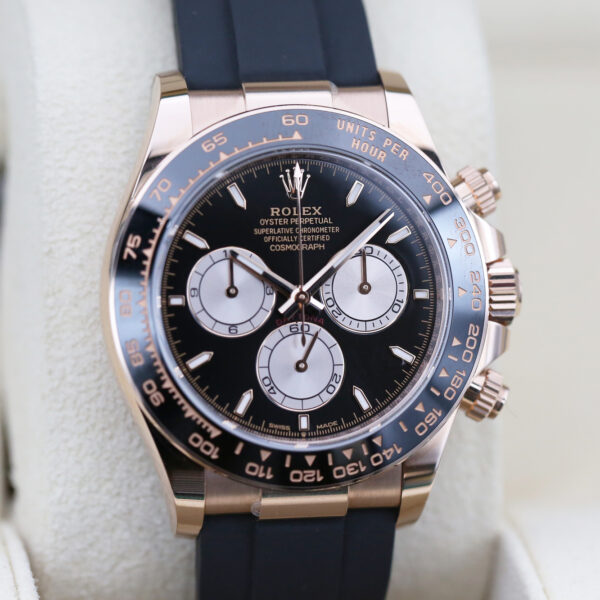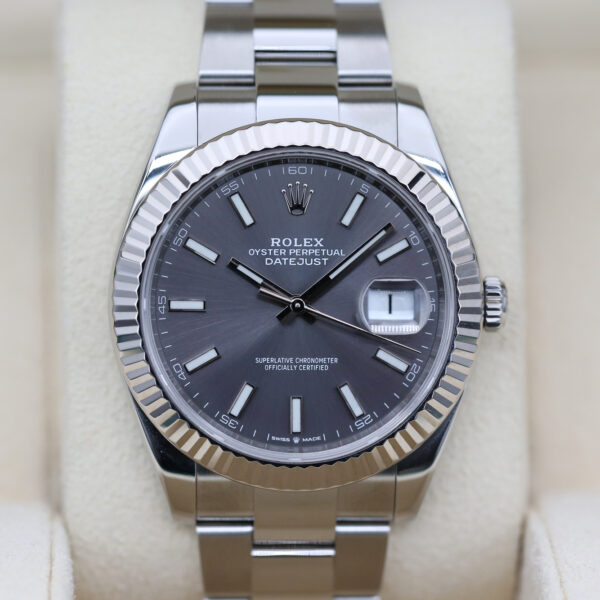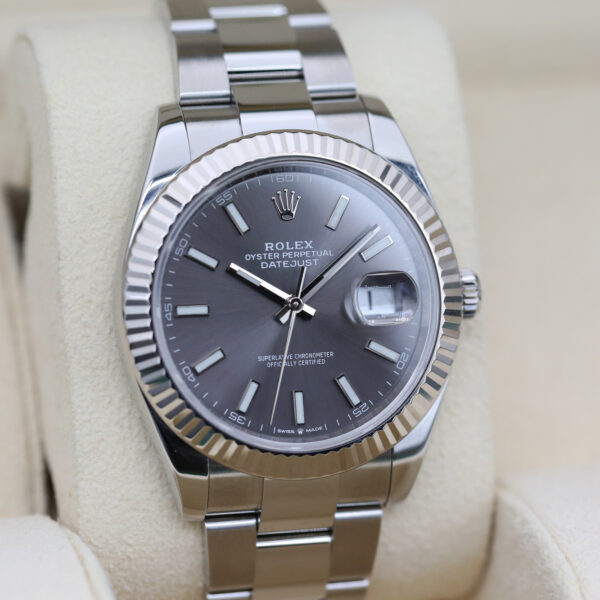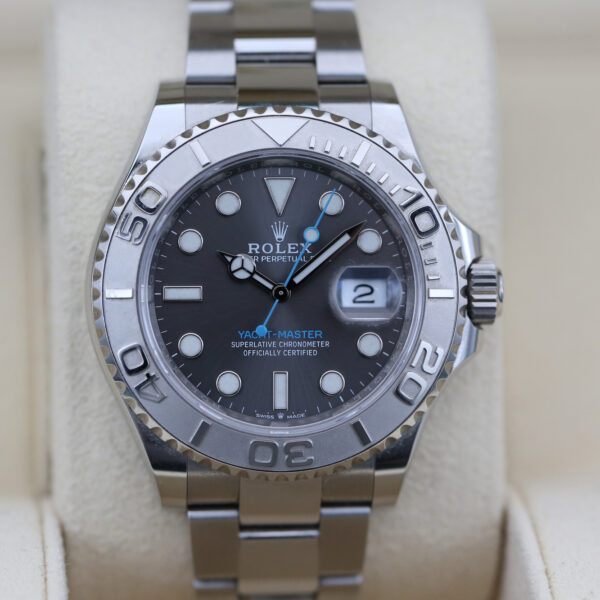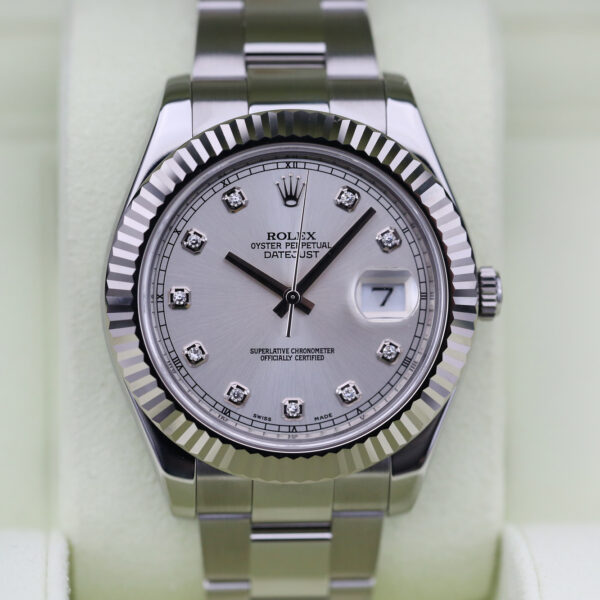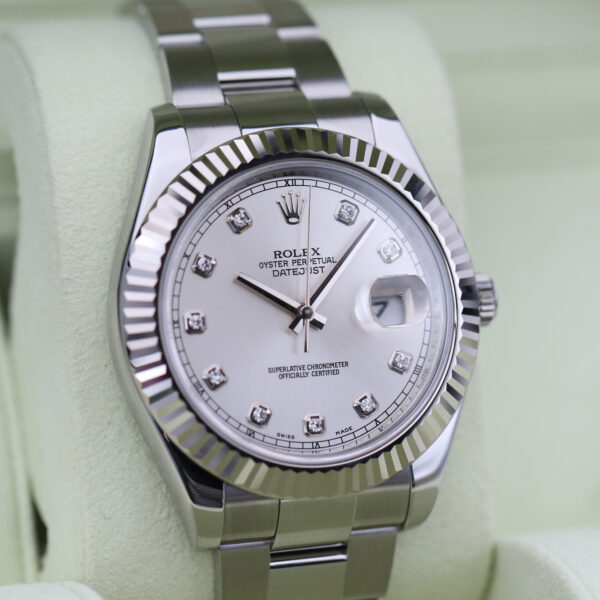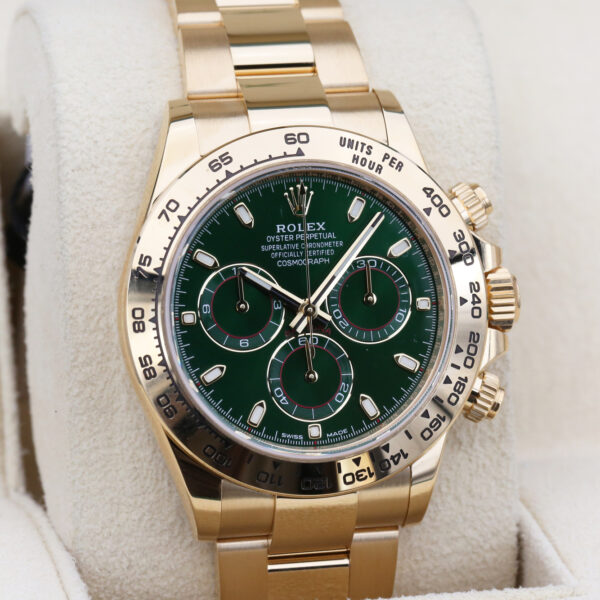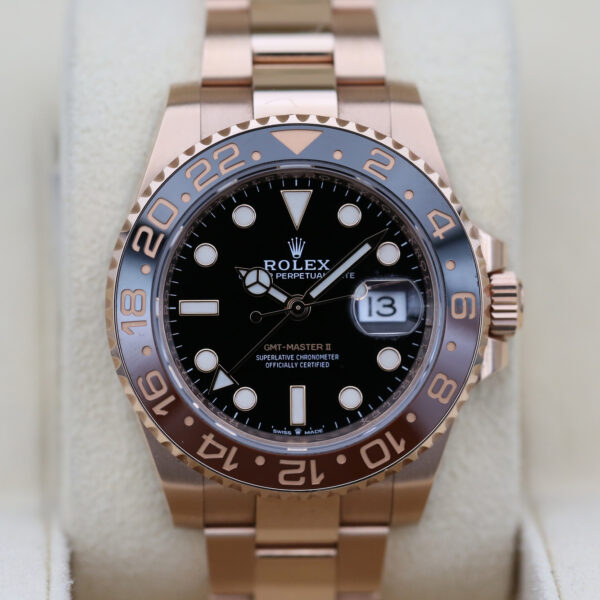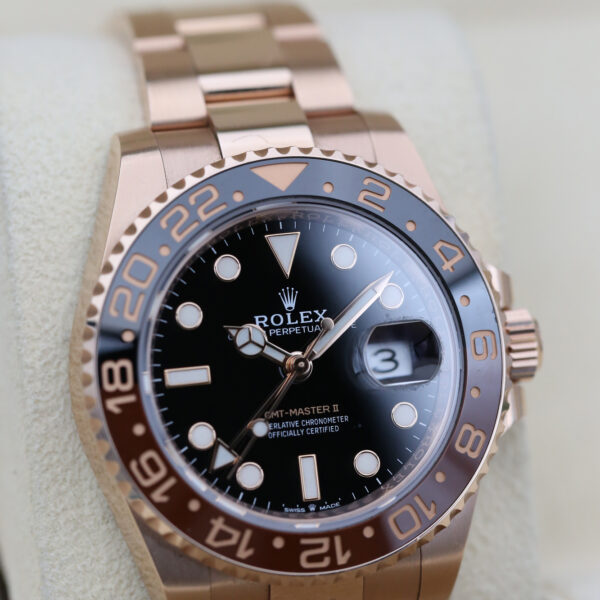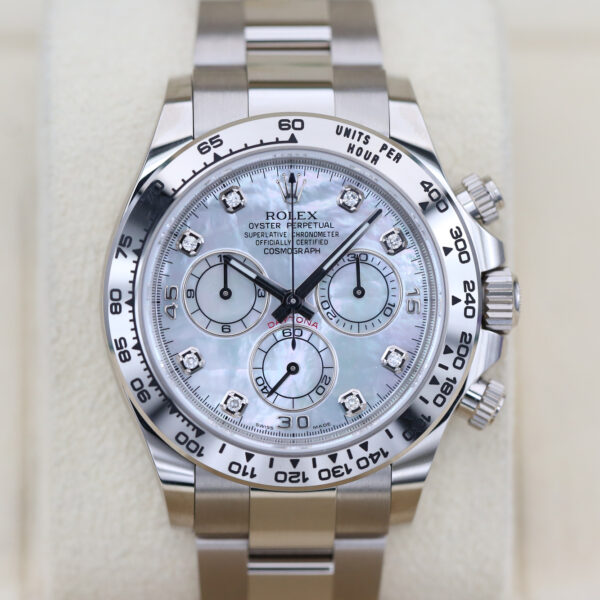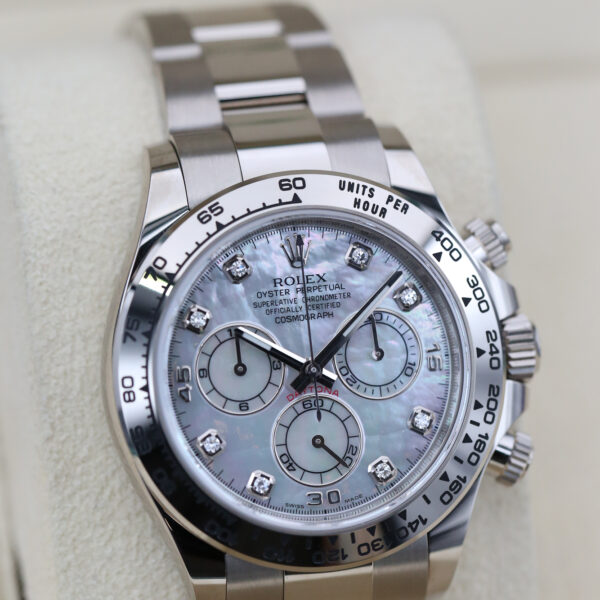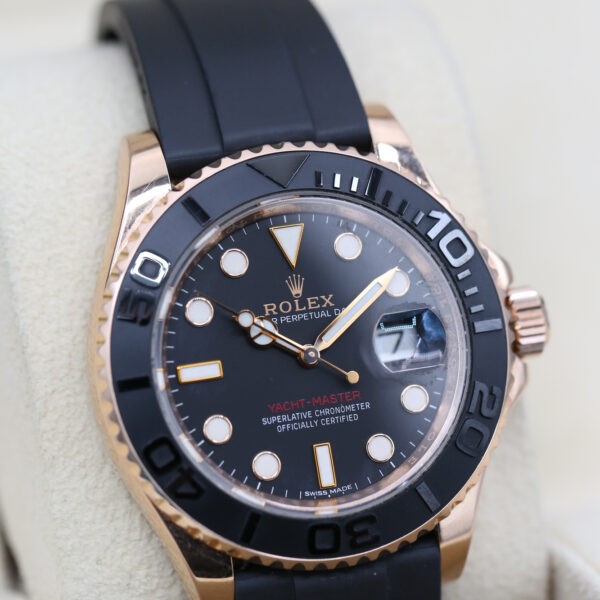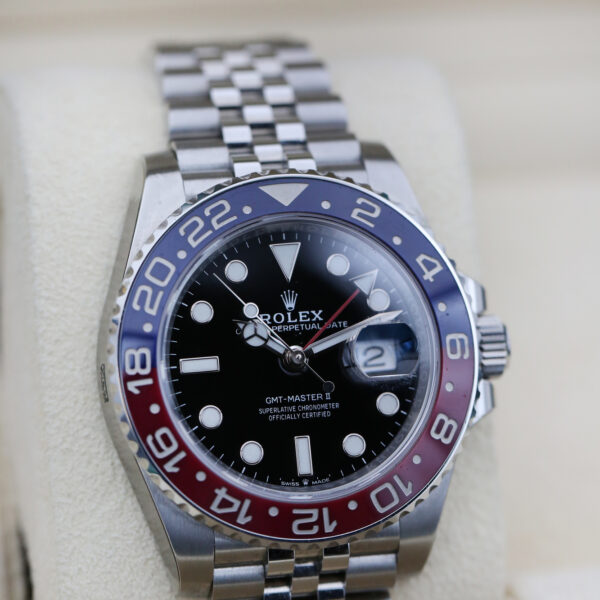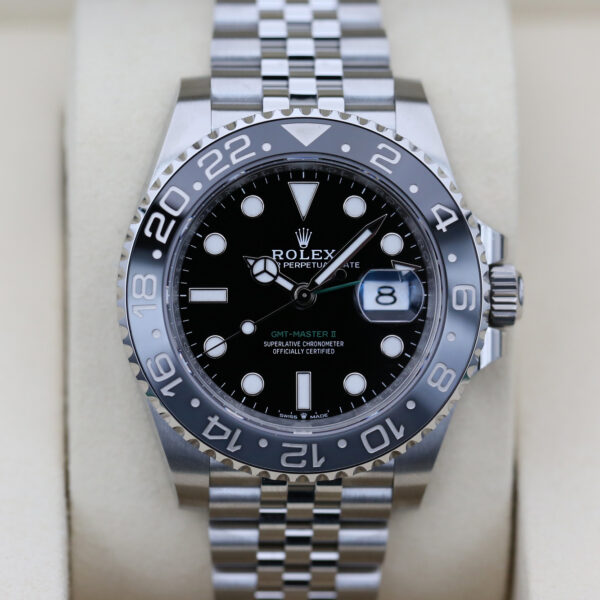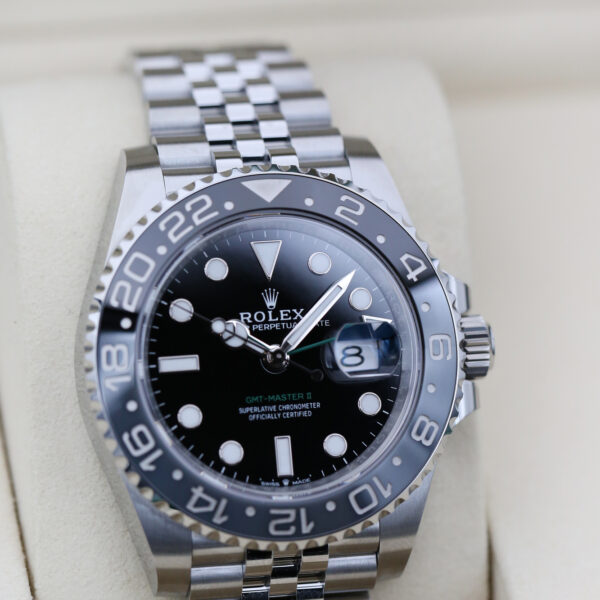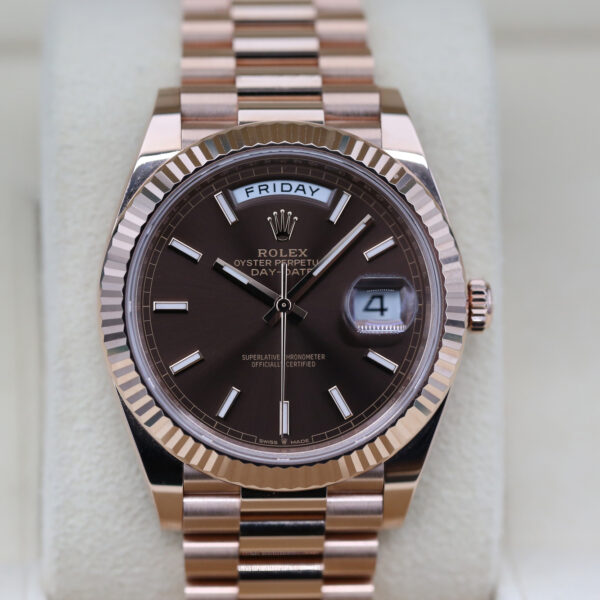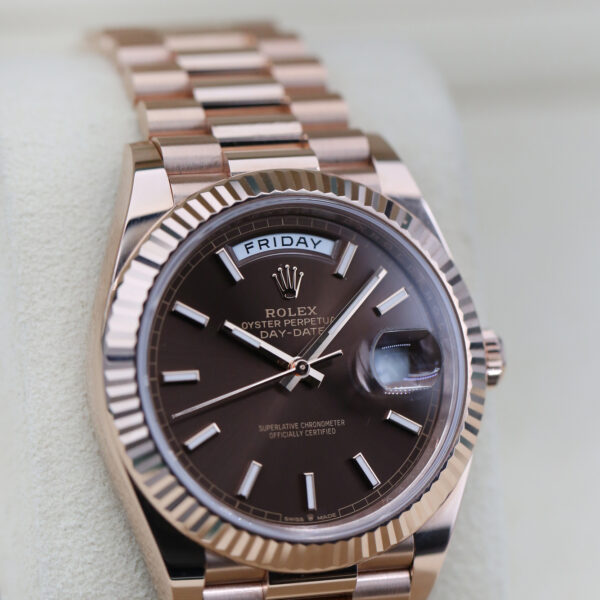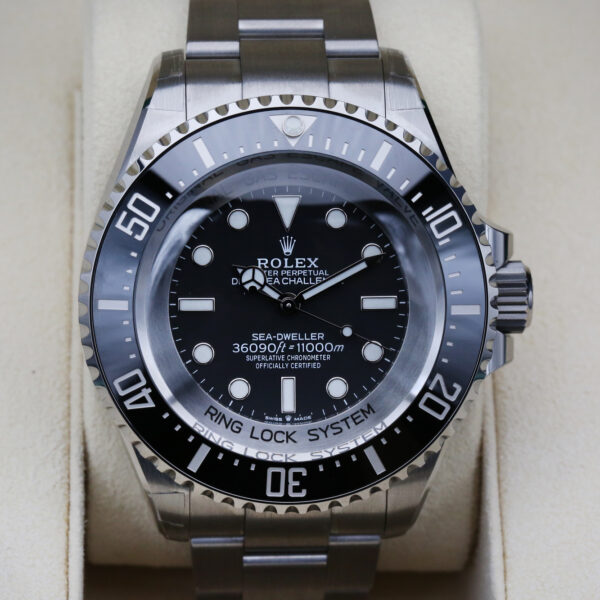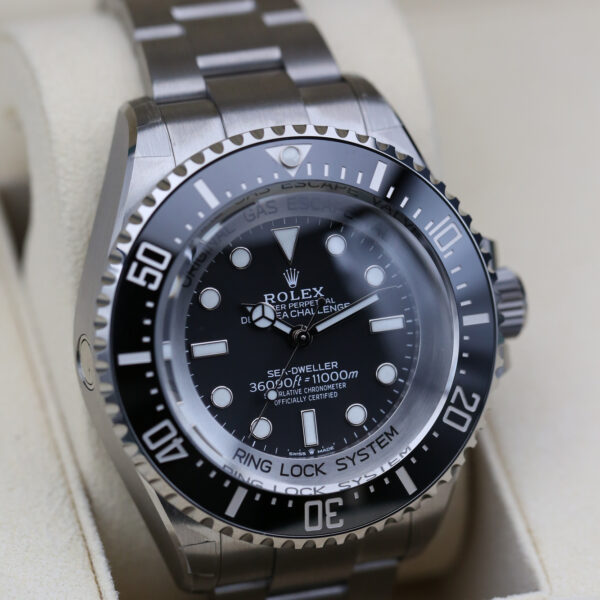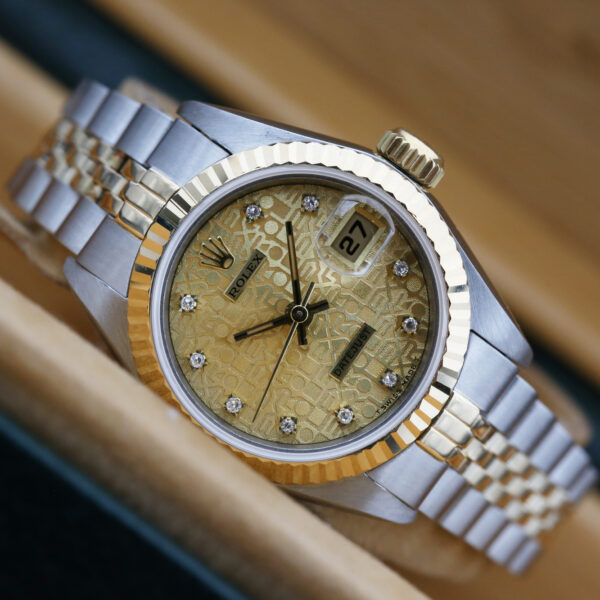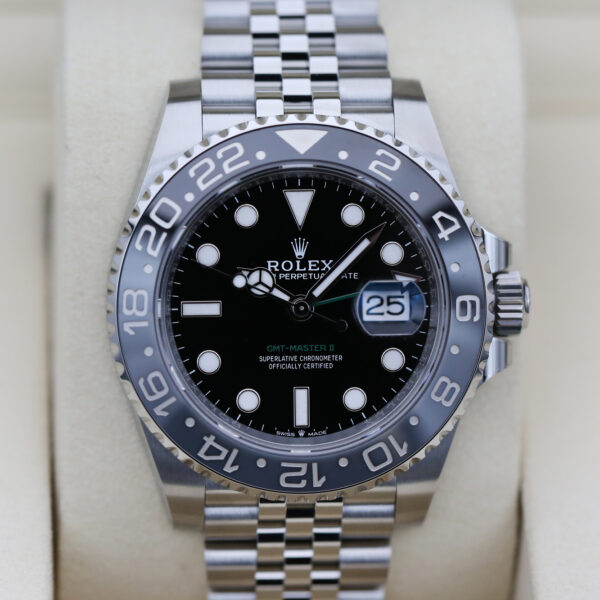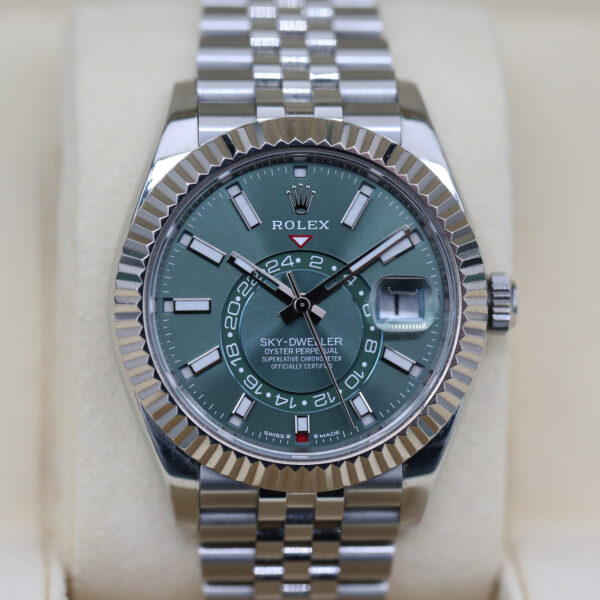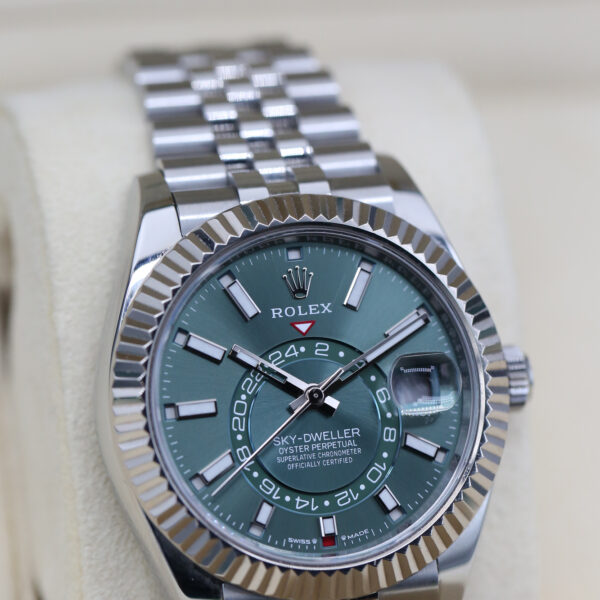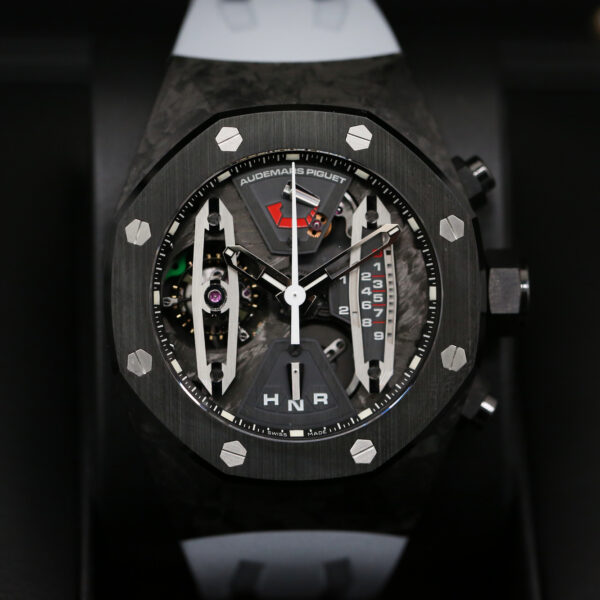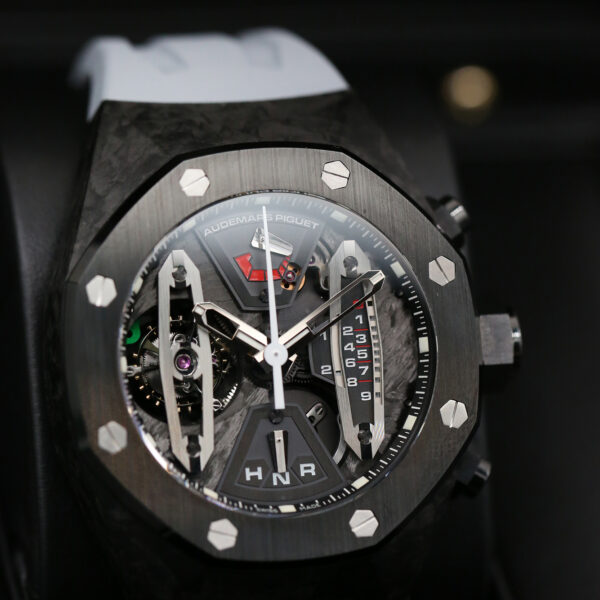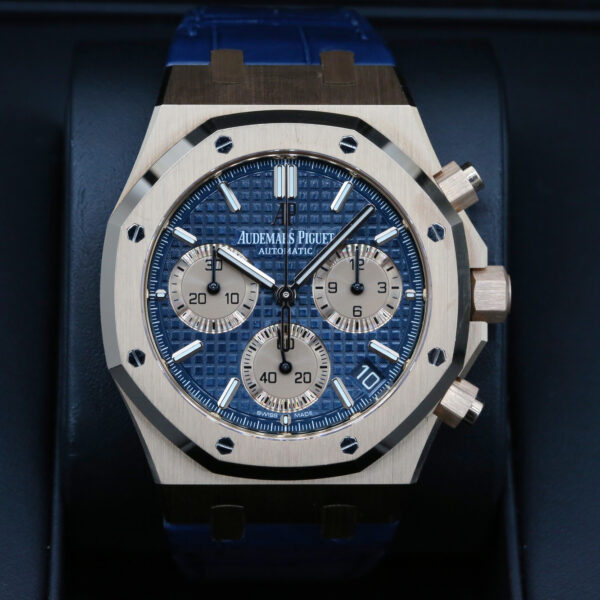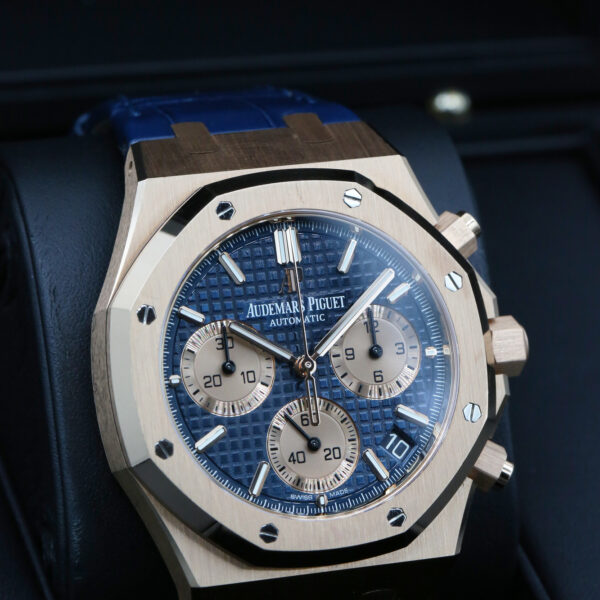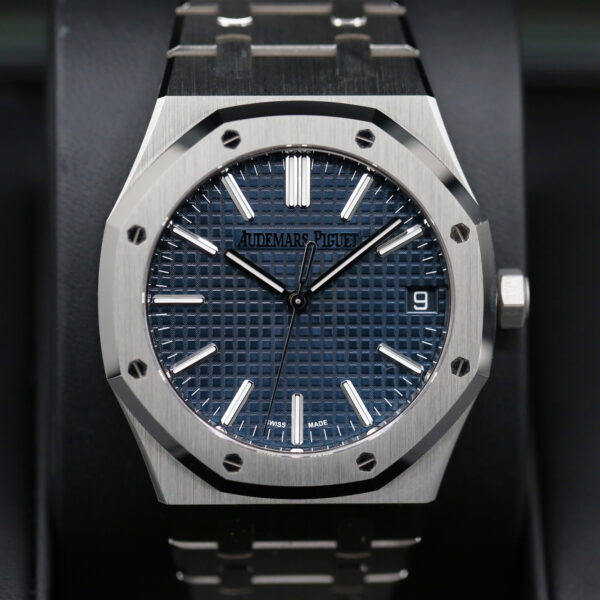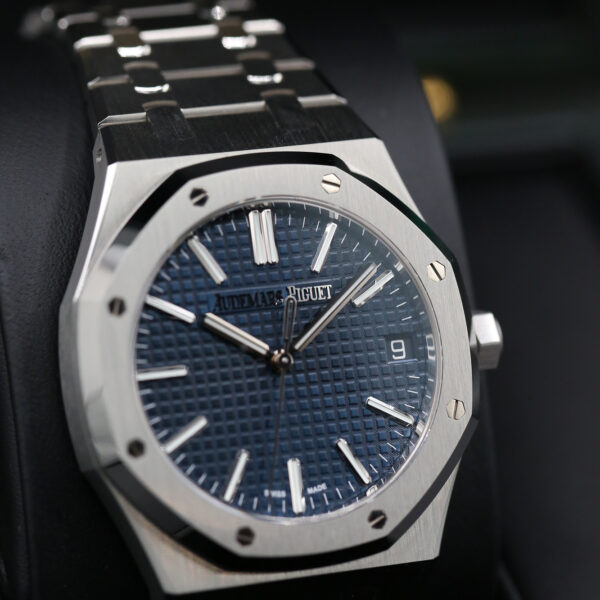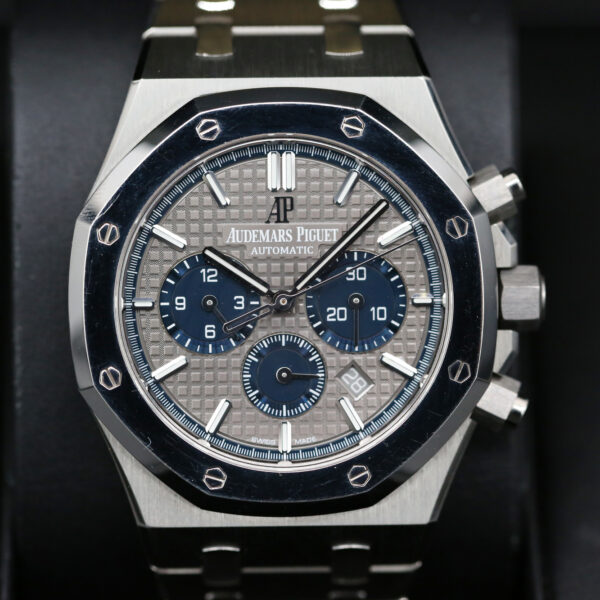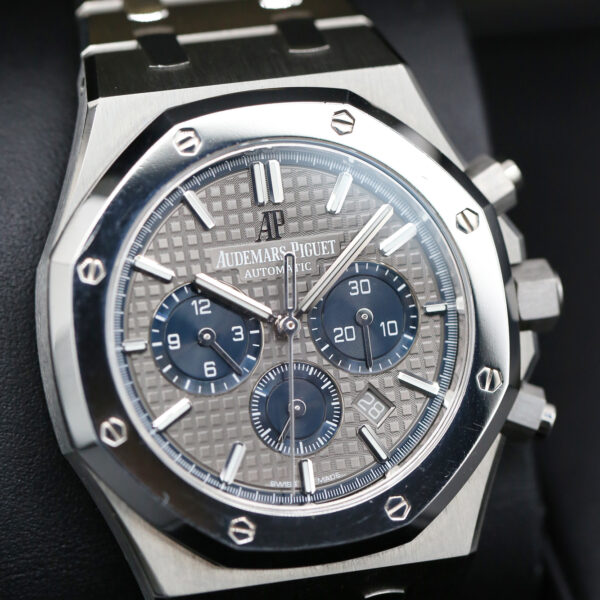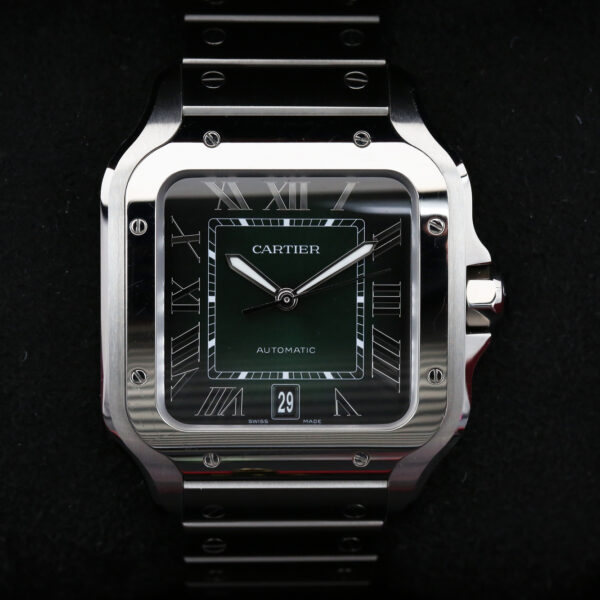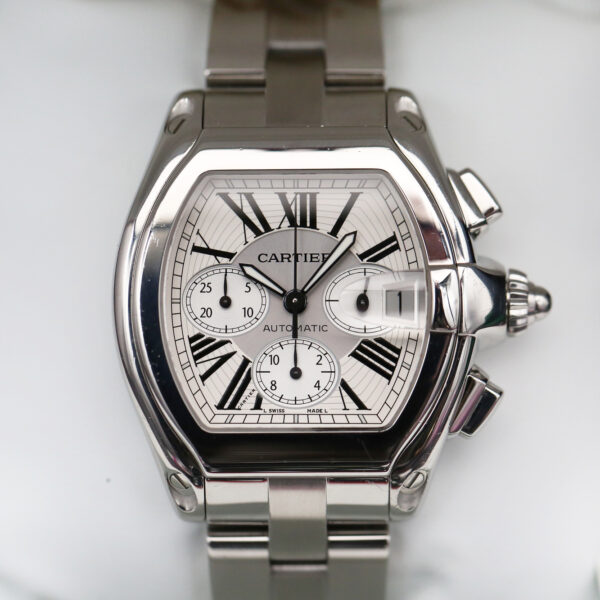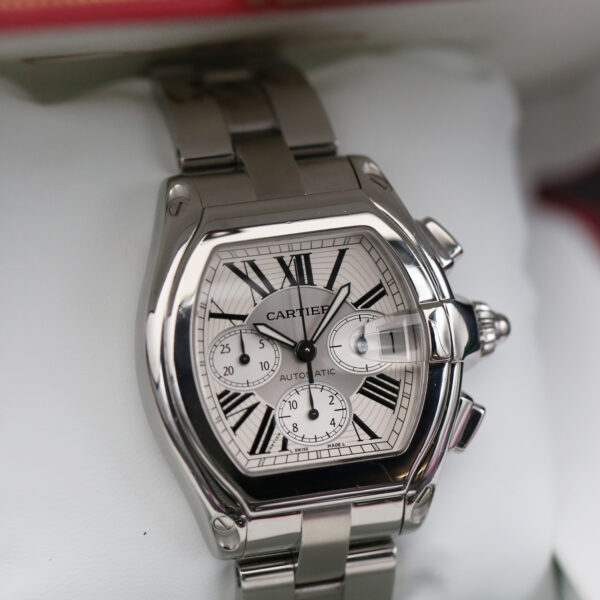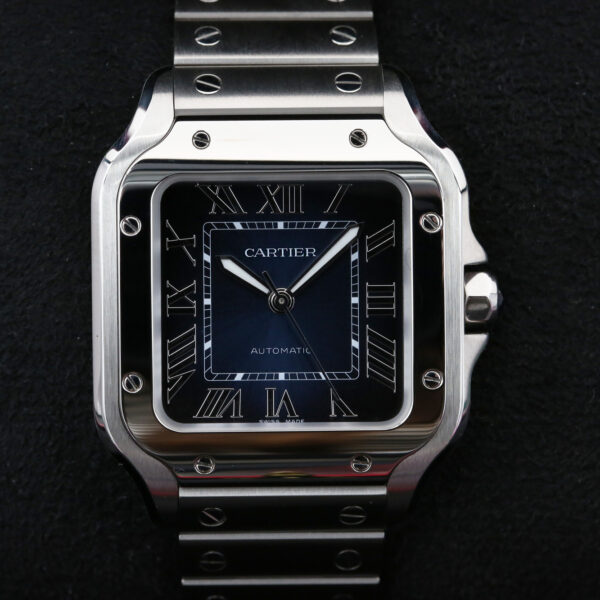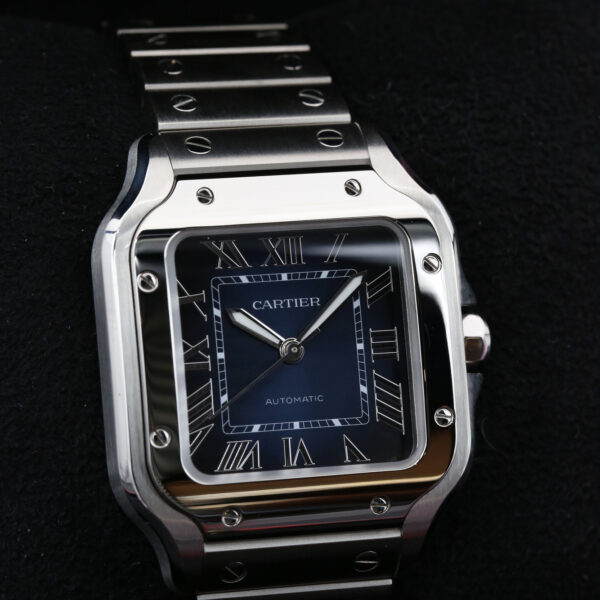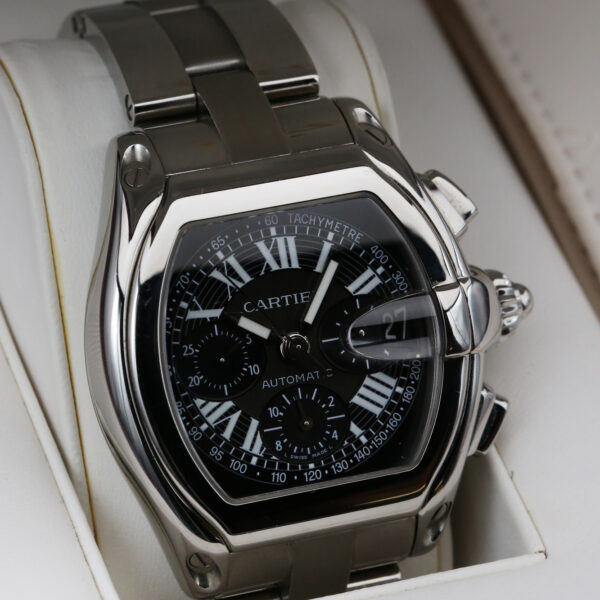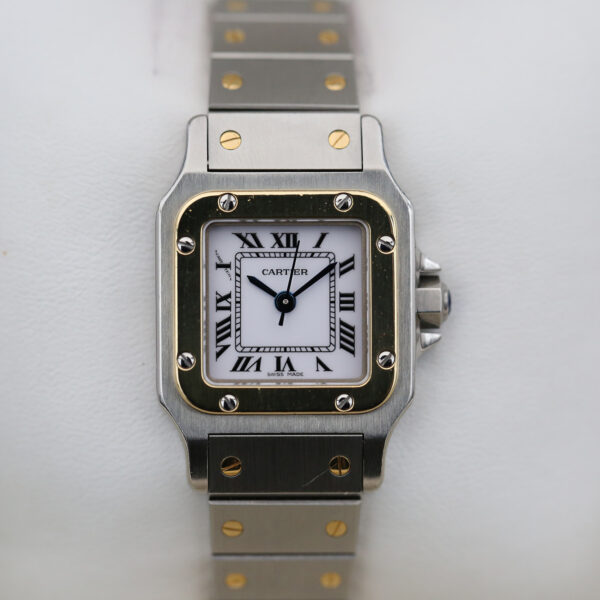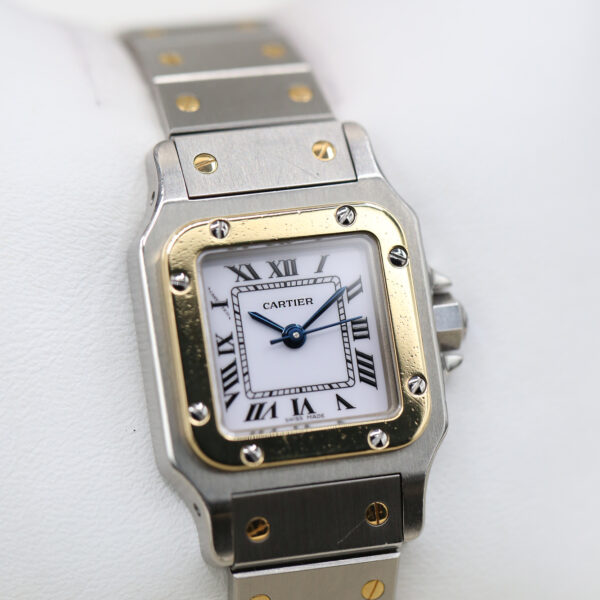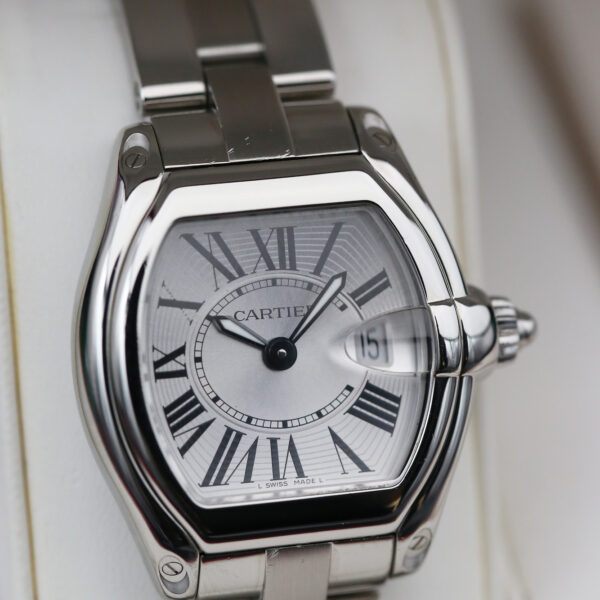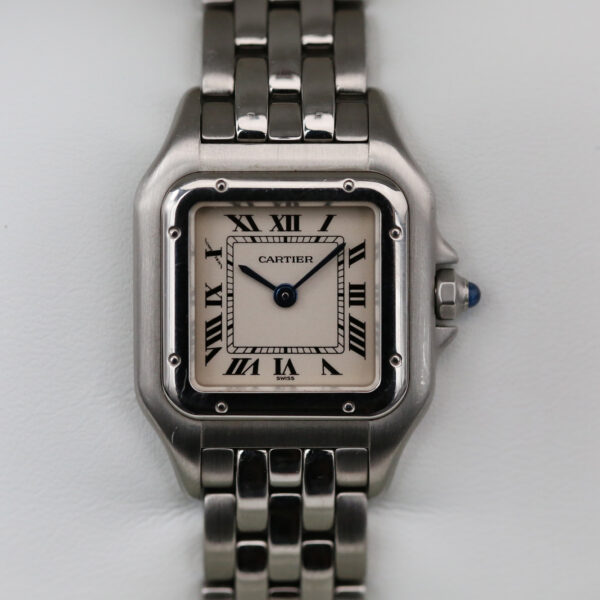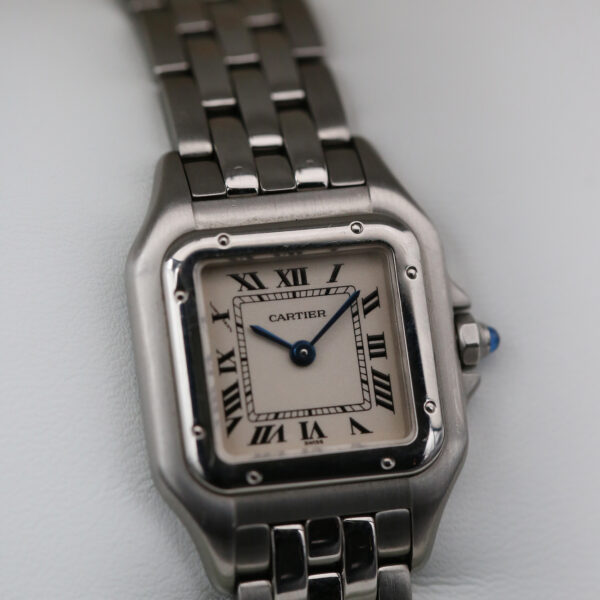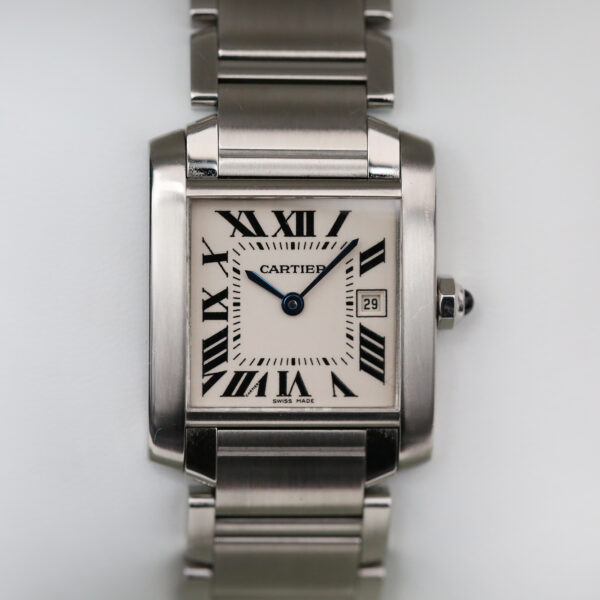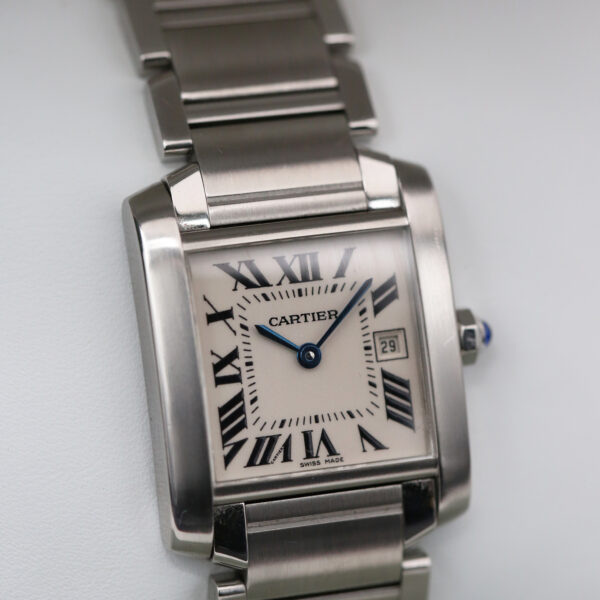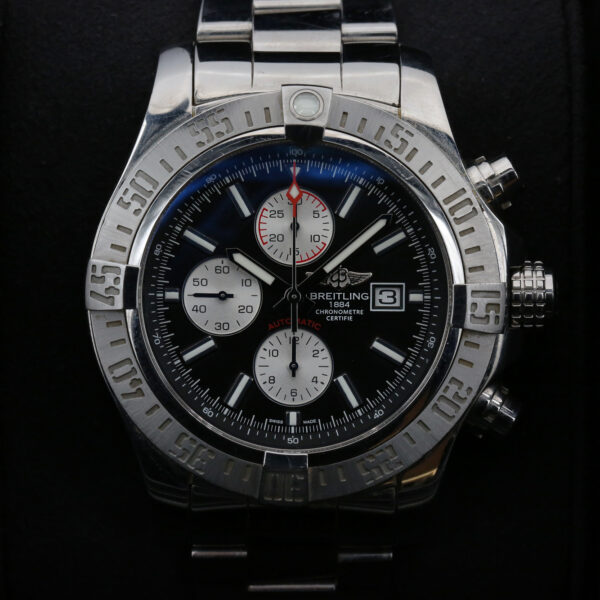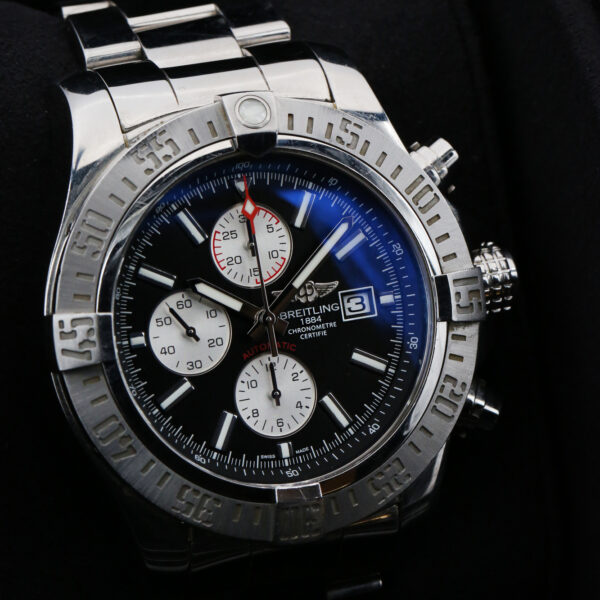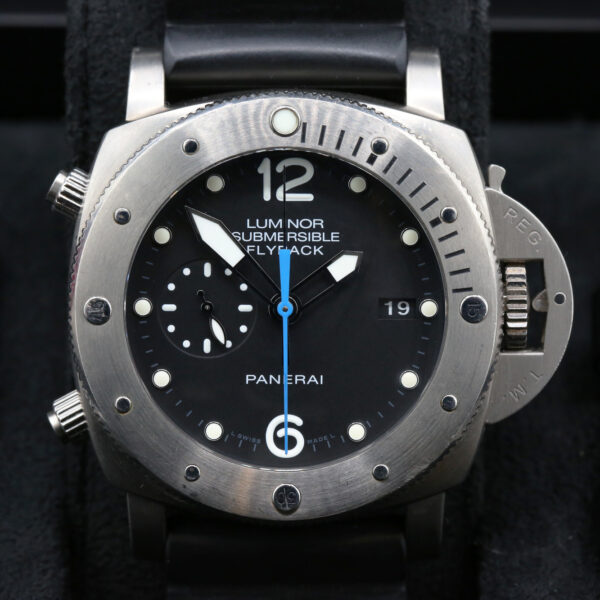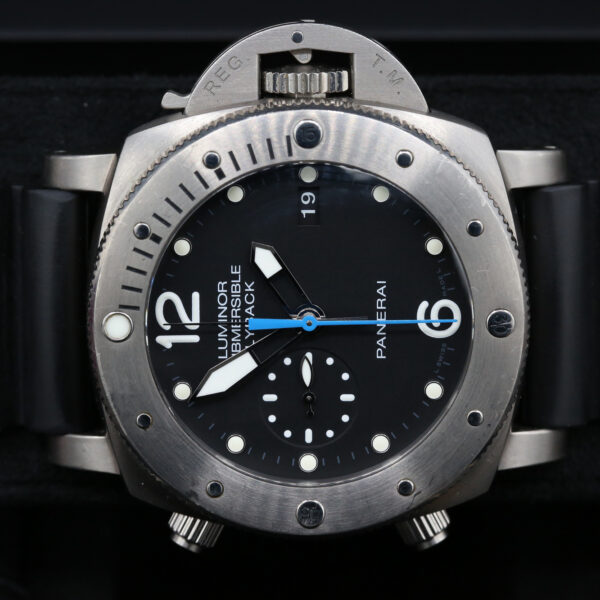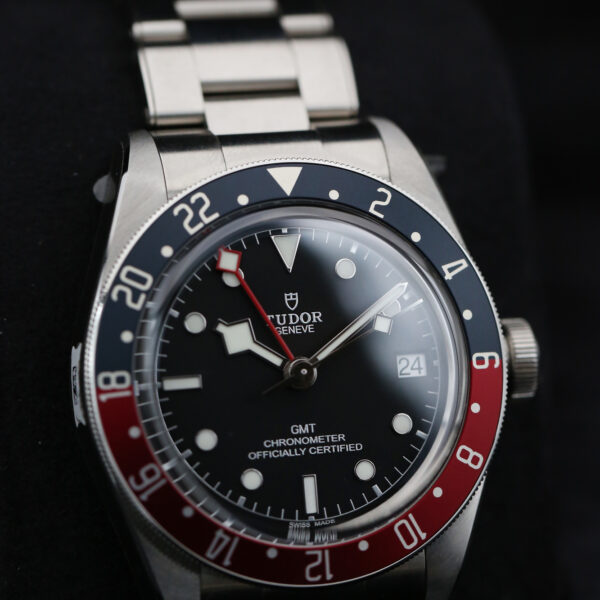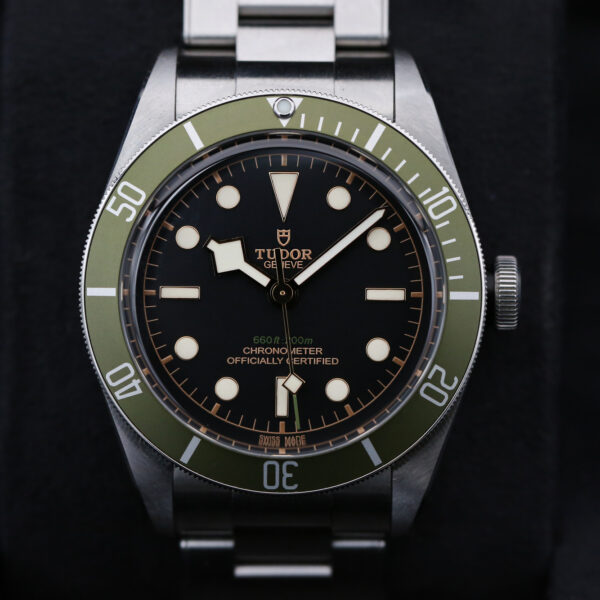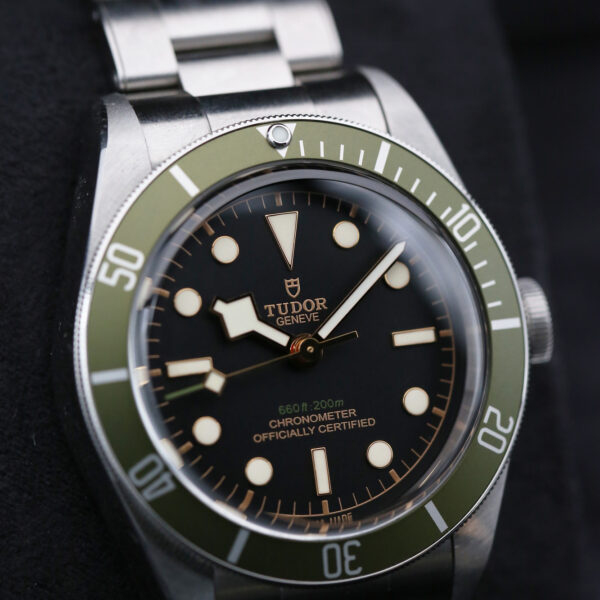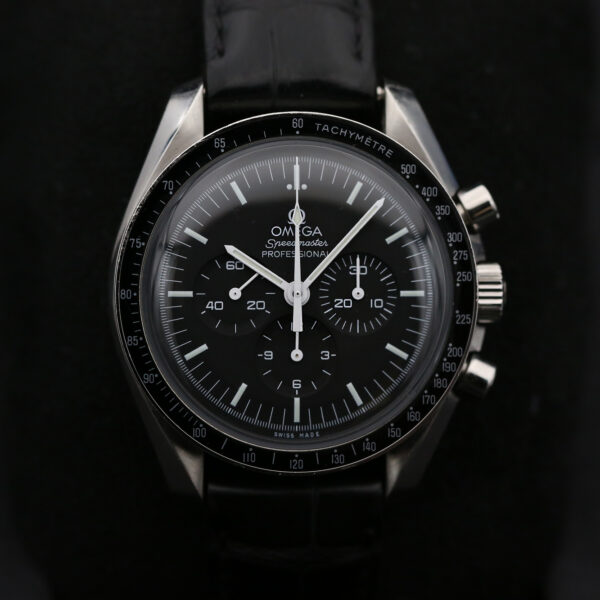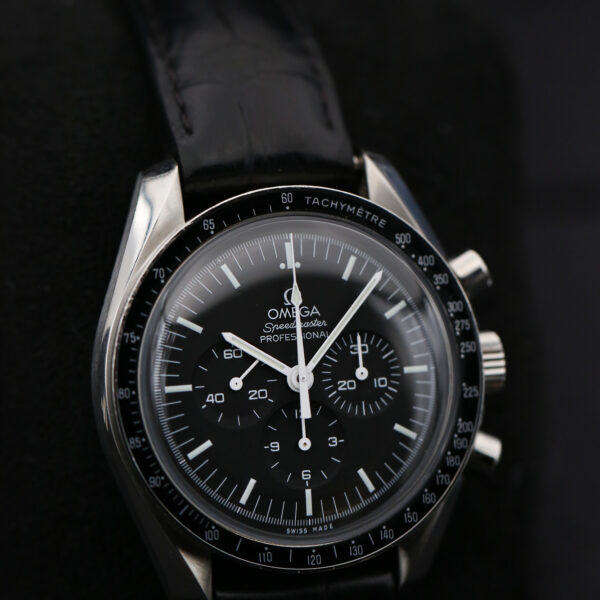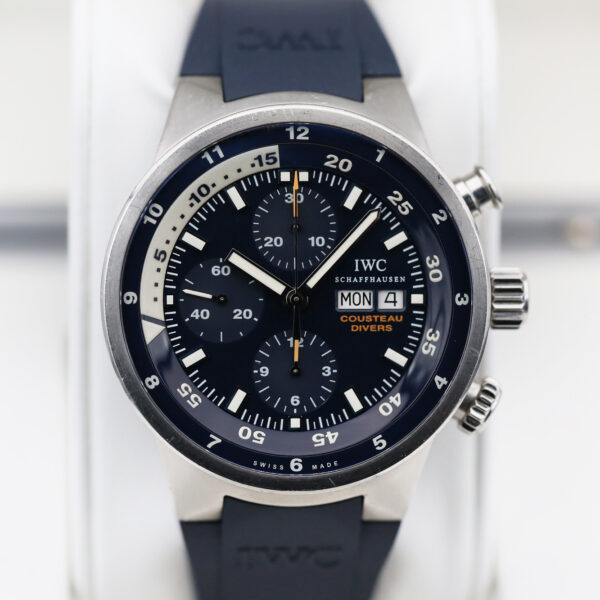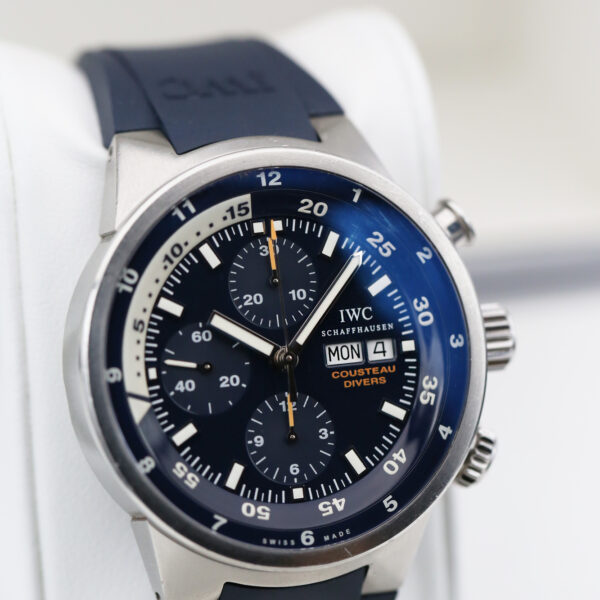We pride ourselves on our deep understanding and expertise in Rolex watches. This article, crafted by our seasoned horology experts, seeks to uncover the truth behind some of the most common myths surrounding this iconic brand. Whether you’re a seasoned collector or a curious newcomer, join us as we delve into 20 intriguing Rolex myths, clarifying misconceptions and shedding light on the fascinating history of these prestigious timepieces.
- Was Rolex originally founded in Switzerland?
Contrary to popular belief, Rolex was initially founded in London, not Switzerland. It wasn’t until 1919 that the company moved to Geneva due to high post-war taxes in England. Founded by Hans Wilsdorf and his brother-in-law Alfred Davis, the company was originally named Wilsdorf and Davis. Wilsdorf was a German national who later became a British citizen. The move to Switzerland was strategic, aimed at taking advantage of the country’s renowned precision in watchmaking. - Who really provided the timekeepers for the first successful Everest summit?
Despite popular advertisements, neither Sir Edmund Hillary nor Tenzing Norgay wore Rolex watches when they first summited Mount Everest; they were equipped with British Smiths watches. Rolex did capitalise on the achievement by launching the Explorer line, which was inspired by the feedback from the expedition but was not actually worn during the climb. This marketing strategy helped cement Rolex’s reputation for creating watches suitable for extreme condition. - Did Rolex pioneer the use of 904L stainless steel in watchmaking?
Rolex is famed for its use of 904L stainless steel for added corrosion resistance, but it wasn’t the first to use it. The alloy was initially used in diving equipment by COMEX, influencing Omega to adopt it before Rolex. Rolex switched to 904L steel in 1985 because of its higher resistance to corrosion, particularly by chlorides. This change was part of Rolex’s ongoing commitment to enhancing the durability and longevity of its watches. - Was a Rolex watch worn on the moon during the Apollo missions?
A Rolex GMT-Master was indeed worn on the moon by astronaut Ed Mitchell during the Apollo 14 mission, contrary to the common belief that only Omega watches adorned lunar explorers. While Omega Speedmasters were officially issued gear for all Apollo missions, some astronauts chose to wear personal items. Mitchell’s choice highlights the GMT-Master’s robustness and reliability, qualities that made it appealing to astronauts who often selected their own backup timepieces. - Has Rolex always been associated with luxury pricing?
Rolex wasn’t always synonymous with luxury pricing. Initially, the brand strategically placed their watches on influential wrists, from divers to astronauts, often at more accessible prices, especially through military channels. Rolex watches were sold in military exchanges where they were more affordable for service members, thereby broadening their reach and enhancing their reputation for ruggedness before transitioning to the luxury segment. - Did Rolex ever produce quartz movement watches?
Contrary to the myth that Rolex never made quartz watches, they produced the Oysterquartz models between 1977 and 2001, which featured in-house quartz movements Cal. 5035 and Cal. 5055. These watches were part of Rolex’s response to the quartz crisis of the 1970s, showcasing the brand’s ability to adapt to market trends while maintaining its commitment to quality. - Do Rolex casebacks feature engravings?
While it’s rare, Rolex casebacks can feature engravings. Special editions like the Milgauss 116400 are examples where “MILGAUSS” is engraved around the periphery. This practice is generally reserved for limited editions or special models, where the engravings can add a layer of exclusivity and collectability. - Does Rolex create watches with complications?
Rolex does create watches with complications, including models with dual-time capabilities, chronographs, and annual calendars. Notable examples include the GMT-Master II for dual-time and the Daytona for its chronograph function. These models debunk the myth that Rolex focuses solely on simple timekeeping, highlighting its prowess in delivering practical complications. - Has Rolex exclusively used 18k gold in their watches?
Historically, Rolex used a variety of gold purities. Older models can be found in 9k, 14k, and gold shell versions, not just the 18k gold used today. Rolex’s use of different gold standards over the years reflects its responsiveness to varying market demands and economic conditions. - Does Rolex have American roots?
Despite its strong market presence in America, Rolex has no American origins. Founded by Hans Wilsdorf, a German national in London, the brand moved to Switzerland to benefit from the renowned Swiss expertise in watchmaking, thus solidifying its identity as a Swiss luxury watchmaker. - Was Rolex the first to establish a watch testing center?
Rolex did not establish the first watch testing center; such facilities have been around for centuries, often linked with observatories that played crucial roles in advancing timekeeping accuracy for navigational purposes. Rolex has, however, consistently utilised these facilities to certify the precision of its watches, adhering to its commitment to quality. - Can Rolex watches be instantly exchanged for cash everywhere?
While Rolex watches hold significant value, they cannot universally be exchanged for cash instantly; recognition of their worth varies by buyer. Factors such as model rarity, condition, and market demand influence their liquidity, making some models easier to convert into cash than others. - Were early Rolex Submariners unreliable underwater?
Early Rolex Submariners faced challenges with waterproofing, which led to the U.S. Navy rejecting the initial models in 1958. Subsequent improvements and innovations, such as the introduction of the helium escape valve in later models, significantly enhanced their underwater reliability. - Are Rolex watches the highest quality in terms of intricate luxury watches?
While Rolex watches are renowned for their quality and robustness, they do not compete at the very top tier for intricate luxury watchmaking, which often involves elaborate complications and artisanal finishing. Instead, Rolex focuses on high-quality, functional, and durable designs that serve the needs of adventurers and professionals alike. - Do all Rolex watches have a ticking movement?
All mechanical watches, including Rolex, have a ticking movement, but the high frequency of the movement in a Rolex watch (typically 28,800 beats per hour) makes this ticking appear as a smooth sweep. This is often misunderstood by those not familiar with the mechanics of high-quality watch movements. - Has Rolex always used exclusively 18k gold for their watches?
Rolex has used various gold purities throughout its history, not solely sticking to 18k gold. The use of 9k and 14k gold in earlier decades allowed Rolex to offer more accessible price points, which broadened its market reach before moving exclusively to 18k gold to enhance the luxury appeal of its watches. - Are Rolex watches as rare as perceived?
Despite their perceived rarity, Rolex produces around a million watches annually. The brand is expanding its production capabilities, which may eventually lead to shorter wait times and greater availability, although popular models may still experience high demand. - Are all Rolex watches manufactured in Switzerland?
All Rolex watches are meticulously crafted in Switzerland, ensuring that every timepiece meets the strict standards required for the “Swiss Made” label. This commitment to Swiss quality is integral to the brand’s identity and reputation. - Did Rolex invent the first automatic watch?
While Rolex did not invent the automatic watch, it made significant contributions to its development. The introduction of the perpetual rotor in 1931 by Rolex improved the practicality of automatic watches, making them more reliable and easier to use. - What led to Rolex’s ascent into the luxury pricing bracket?
Rolex strategically positioned its watches as symbols of achievement and adventure, aligning with prestigious figures and historic events. This not only enhanced its brand prestige but also justified the higher price points associated with its watches, aligning them with luxury rather than merely utilitarian value.
Through exploring these myths, Kettle Club aims to enhance both the knowledge and appreciation of Rolex watches among enthusiasts and collectors, providing a clearer picture of the brand’s legacy and its impact on the world of horology.
We not only offer an extensive range of Rolex watches, from vintage classics like the GMT-Master II “Batman” to modern marvels such as the Sky-Dweller, but we also enrich your buying experience with a deeper understanding of what makes each timepiece special.

